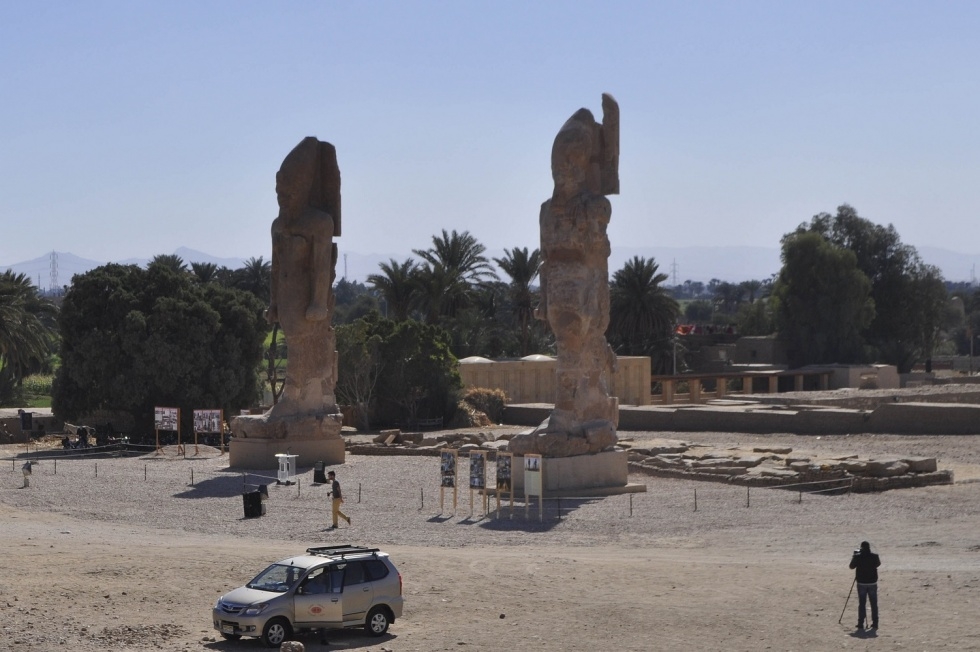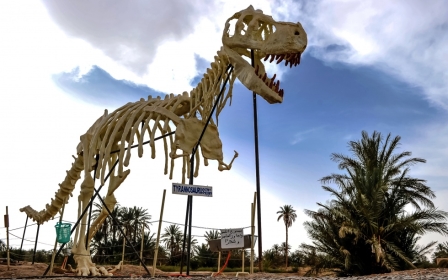Massive statue of Egyptian Pharaoh Amenhotep III unveiled

Archaeologists on Sunday unveiled a restored colossal statue of Pharaoh Amenhotep III that was toppled in an earthquake more than 3,000 years ago at Egypt's famed temple city of Luxor.
The statue showing Egyptian pharaoh in a striding attitude was re-erected at the northern gate of the king's funerary temple on the west bank of the Nile.
The temple is already famous for its existing 3,400-year-old Memnon colossi - twin statues of Amenhotep III whose reign archaeologists say marked the political and cultural zenith of ancient Egyptian civilisation.
According to archaeologists Pharaoh Amenhotep III inherited an empire that stretched from the Euphrates to Sudan.
The 18th dynasty ruler became king aged around 12, with his mother as regent.
Amenhotep III died in around 1,354 BC and was succeeded by his son Amenhotep IV, widely known as Akhenaten.
The 12.92-metre statue unveiled on Sunday stands west of an existing effigy of the king, also depicting him walking, which was unveiled back in March.
"These are up to now the highest standing effigies of an Egyptian king in striding attitude," said German-Armenian archaeologist Hourig Sourouzian, who heads the project to conserve the temple.
The world-famous twin Memnon colossi are 21 metres tall but show the pharaoh seated.
The restored statue now stands again for the first time since its collapse 3,200 years ago, Sourouzian told AFP from Luxor.
Consisting of 89 large pieces and numerous small fragments and reassembled since November, the monolith weighs 110 tonnes.
It had lain broken in pieces since a large earthquake rocked the area in 1,200 BC, Sourouzian said.
Work to conserve the Amenhotep III temple is entirely funded through private and international donations.
Luxor, a city of some 500,000 people on the banks of the Nile in southern Egypt, is an open-air museum of intricate temples and pharaonic tombs.
Middle East Eye propose une couverture et une analyse indépendantes et incomparables du Moyen-Orient, de l’Afrique du Nord et d’autres régions du monde. Pour en savoir plus sur la reprise de ce contenu et les frais qui s’appliquent, veuillez remplir ce formulaire [en anglais]. Pour en savoir plus sur MEE, cliquez ici [en anglais].




